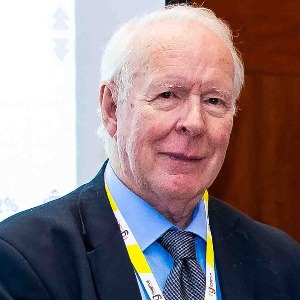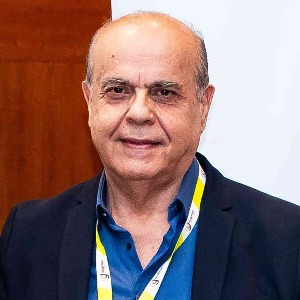Dental torque wrench
A dental torque wrench is an important tool used in dental implant procedures. It is a type of torque wrench that is designed to be used in the installation of dental implants. Its purpose is to tighten dental implants in order to ensure that they are properly installed and secured in the jawbone. The torque wrench works by applying a specific amount of force to the dental implant. This force is based on the size and type of implant being used. This force is measured in Newton meters (Nm). The torque wrench will apply the force in a controlled, uniform manner. This ensures that the implant is securely and correctly fastened in the jawbone. The dental torque wrench is a precision instrument. It is important to use the correct amount of torque to ensure that the implant is properly installed. If too much torque is applied, it can cause the implant to become loose over time. If too little torque is applied, it can cause the implant to become loose over time or it may not be sufficiently secured in the jawbone. The torque wrench is used to ensure that the dental implant is properly secured and that the patient’s jawbone is not damaged during the procedure. It is important to use the correct torque setting to ensure that the implant is properly installed. In addition, it is important to follow the manufacturer’s instructions to ensure that the torque wrench is being used correctly. In summary, a dental torque wrench is an important tool used in dental implant procedures. It is designed to apply a specific amount of force to the implant in a controlled, uniform manner. This ensures that the implant is securely and correctly fastened in the jawbone. It is important to use the correct amount of torque to ensure that the implant is properly installed and that the patient’s jawbone is not damaged during the procedure.

David Geoffrey Gillam
Queen Mary University of London, United Kingdom
Christopher Turner
Spacemark Dental, United Kingdom




Title : Evaluating hygienist follow up for head and neck oncology patients in secondary care: Results from a two cycle audit
Peter Basta, Newcastle Dental Hospital, United Kingdom
Title : Atypical facial pain unravelled
Christopher Turner, Spacemark Dental, United Kingdom
Title : New treatment of temporomandibular disorder through muscle balance and muscle regeneration by activation of quiescent muscle stem cells( satellite cells) with mitochondrial dynamics
Ki Ji Lee, National Reserach Foundation & Busan Medical University, Korea, Republic of
Title : MRONJ and ORN: Referral or management in primary care? Navigating guidelines in the context of long waiting lists
Alisha Sagar, NHS England, United Kingdom
Title : Managing the unexpected: An Insight into supernumerary teeth
Bahar Gharooni Dowrani, Guy's and St Thomas' NHS Foundation Trust, United Kingdom
Title : Laxative prescribing for post operative head and neck cancer patients at Derriford Hospital
Pui Sze Kylie Li, Cardiff and Vale University Health Board, United Kingdom